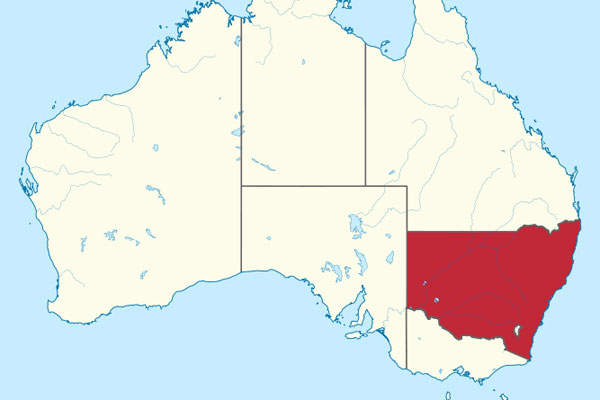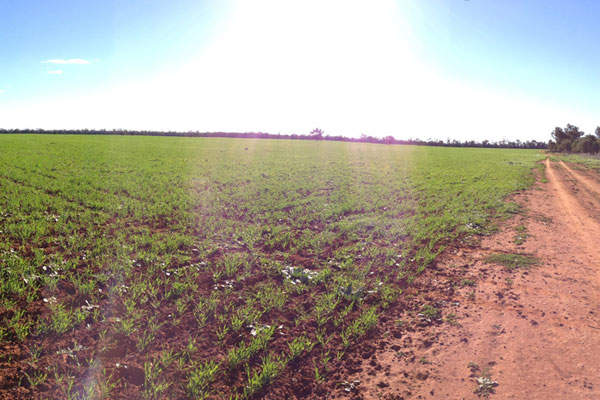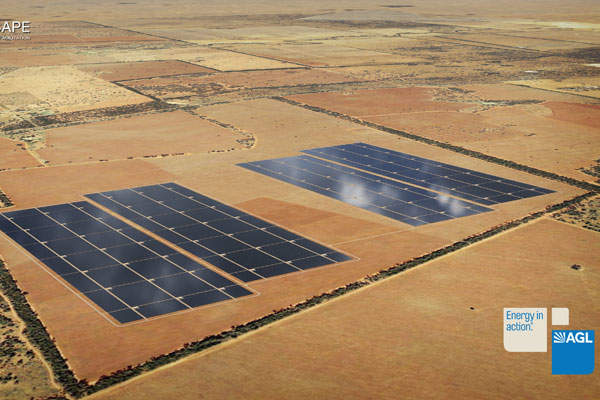The Nyngan solar plant, constructed at Nyngan, New South Wales, Australia, is the largest solar power plant in the southern hemisphere. The 102MW solar project was developed by AGL in conjunction with the 53MW Broken Hill Solar Project.
Construction works for the Nyngan solar plant began in January 2014 and operations commenced in July 2015. The project created approximately 300 jobs during the construction phase, however only two or three people are required to operate the plant.
The plant is expected to generate approximately 233,000MWh of electricity a year, which is sufficient to provide for approximately 33,000 homes in New South Wales at an average consumption rate of 7MWh. The project also reduces CO₂ emissions by approximately 203,000t a year.
The engineering, procurement and construction (EPC) contract for the Nyngan solar power plant was awarded to First Solar, which also supplied solar modules for the project and provides post-commissioning maintenance services for five years.
Nyngan Solar plant location and details
The plant was constructed approximately 10km west of Nyngan on a 460ha site, of which the solar field itself covers 250ha. The plant is expected to operate for 30 years.
The solar field comprises more than 1.35 million solar photovoltaic (PV) modules installed on steel frames, supported by approximately 150,000 steel posts. First Solar supplied the advanced cadmium telluride (CdTe) thin film photovoltaic modules rated at 1.26MW and weighing 12kg each. The CdTe modules are capable of producing the same amount of power produced by traditional crystalline modules while consuming a smaller amount of semiconductor material. The modules were fixed at an angle of 25°.
The EPC contractor implemented an automated, continuous manufacturing technology that transforms a sheet of glass into a complete solar module in approximately 2.5 hours. The photovoltaic modules are designed to generate greater electricity without any emissions and waste production, while also consuming less water.
The modules are connected to roughly 81 inverters via underground cables. The direct current (DC) produced by the modules is converted into alternating current (AC) using inverters.
A 690/33kV 1.4MVA transformer is installed in each 1.26MW array to convert the energy into reticulation voltage before transferring it to the switchgear, installed in the switchyard at the site, via the 33kV reticulation cables. The switchgear is connected to the new 33/132kV substation which feeds the power to the grid.
The electricity produced by the plant is sold to AGL Hydro Partnership, a wholly-owned subsidiary of AGL.
Infrastructure and construction details
The Nyngan solar power plant features four sections of panels that were constructed one after the other. The plant construction was completed in 18 months. Initial works included the construction of temporary facilities, including site sheds, water supply systems, wastewater system, building access and perimeter roads.
A new substation featuring a 33kV/132kV transformer was constructed at the site and a 132kV transmission line was laid from the substation and connected to the existing Nyngan-Cobar transmission line, which runs approximately 3km south of the project site.
Workers were accommodated at the 300-member camp constructed at the old hospital site on Hospital Road, Nyngan. A permanent operations and maintenance building covering a floor space of approximately 75m² was also constructed at the site.
Contractors involved
Neil Earthmoving was awarded the contract for constructing the access roads to the site on the Barrier Highway.
Consolidated Power Projects, a company engaged in the construction of power transmission and distribution assets, is the connection contractor for the project.
Allens advised the developer and the EPC contractor on their respective roles in the development of the project.
Financing of AGL’s new solar power project
The Nyngan solar power project involved a $300m investment, while the total investment for the two combined solar projects of AGL in New South Wales is $440m. The projects were supported by commonwealth government funding, through which the Australian Renewable Energy Agency (ARENA) provided $166.7m and the New South Wales Government provided $64.9m.






